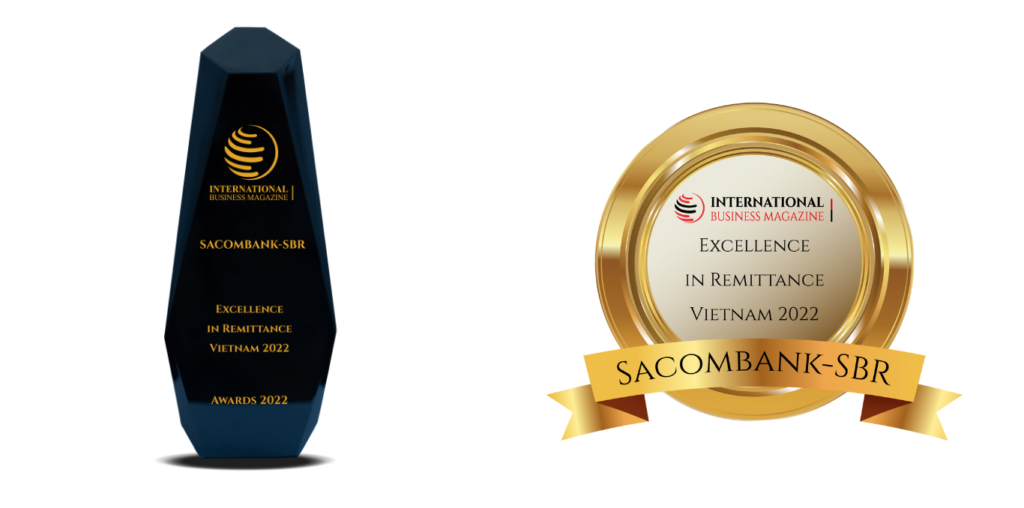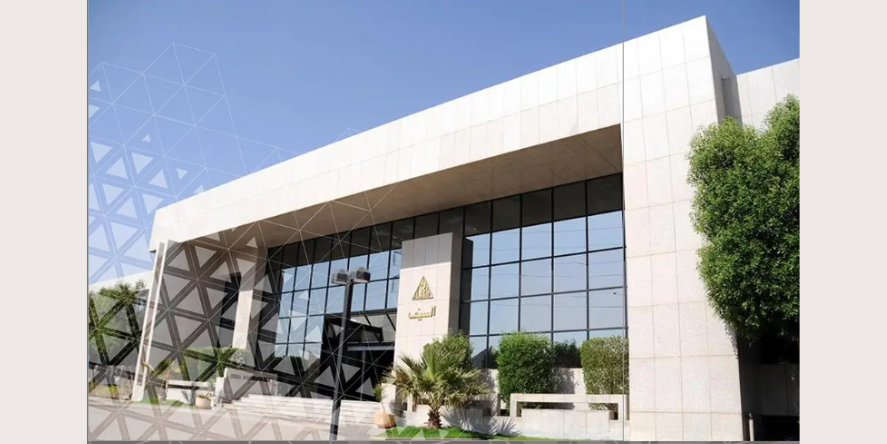As per the World Bank, the remittance flow to some of the developing nations surpassed the sum of FDI and overseas development assistance. The World Bank has also observed that the remittance inflows rose in Latin America, the Caribbean, South Asia, the Middle East, and North Africa. Whereas the remittance flow fell for East Asia, the Pacific, Europe, Central Asia, and Sub-Saharan Africa.
Numerous banks across Asia have improved their remittance services to meet the rising demand. In fact, the World Bank has stated that inward remittance flow to South Asia has risen by about 5.2 percent in 2020 to USD 147 billion. It was further noted that the average cost of sending USD 200 to the South Asian region stood at 4.9 percent in the fourth quarter of 2020, the lowest among all the regions. Some of the lowest-cost corridors, originating in the GCC countries and Singapore, had costs below the SDG (Sustainable Development Goal) target of 3 percent owing to high volumes, competitive markets, and deployment of technology. But costs are well over 10 percent in the highest-cost corridors. In a 2020 report, it was estimated that remittances to Ho Chi Minh City, Vietnam, will reach about 5.5 billion USD, up 8% compared to 2019.

The percentage of remittance inflow contribution to the GDP of Vietnam was reported at around 5.8 percent in 2010. However, due to the COVID-19 pandemic, it went down to 5.011 percent in 2020. It has also been reported that the Vietnamese sent back home over USD 18.06 billion in 2021, placing Vietnam in the top 10 rankings of remittance beneficiaries globally. Around 7 percent of the remittance transferred through financial institutions, 28 percent are sent through remittance businesses and 2 percent are sent over postal services.
With UN-approved low transfer fees, the market of international money transfers (remittances) is said to be growing at a CAGR of over 10 percent. It is also estimated that around USD 530 billion is transferred each year and most of the money is flowing out of the US with India receiving a major share of the global remittances.
Standing out in the crowd
Money Transfer Operators (MTOs) are always facing the arduous task of keeping up with the changing geo-political scenarios and policies, government regulations, and the ever-expanding competition from upcoming startup fintech. Certain MTOs are providing value-added services (VAS) to get an edge over the competition.
The COVID-19 pandemic has set the path for mass adoption of digital remittance services across a variety of platforms like websites, and mobile money transfer applications. In Vietnam, names like Sacombank-SBR are gaining popularity for the sheer volume of daily transactions, service quality, low fee, speed of transfer and security. Its new CORE system is said to be 7 times faster than the old one with over 50 percent of the operations automated. Another reason for its popularity in Vietnam is the convenience of receiving remittance money at ATMs. Customers of Sacombank-SBR can receive money at any of its ATMs through the reference number sent to the customer’s phone number via SMS.

Today’s modern money-transferring system is changing the view of senders and recipients. Sacombank-SBR has enabled 24/7 transfer system via NAPAS that allows a foreign sender to send money to a beneficiary in Vietnam in less than 10 seconds of the money order execution. It has also devised a mobile application called ‘Sacombank-Pay’ to further improve the remittance experience. GSM association reported that in 2020, around USD 12.7 billion were processed through mobile money in cross-border remittances. The rising penetration of the smartphone market is going to further boost the digital remittance market. The megatrend of Blockchain technology is also gaining significant ground in the Asian countries. Market sources claim that Blockchain-powered transactions using DLT reduce costs by removing multiple intermediaries.
New players that are entering the market are using the fees structure as a tangible differentiator to position against incumbents. Most of the players are focussing on proprietary pure digital platform to further reduce the fees to the customers. The market is also witnessing the rise of some interesting value-added services like the prepaid debit cards or payroll services for businesses. MTOs are looking at ways to cope with increasing competition from low fee demanding fintech and aggressive technology disruptions. The G20 and the UN directive for reducing the fees is leading to a massive price war, which, in turn, is influencing massive efficiency improvements and interesting value-added services in the global remittance market.
Blog by Ujal Nair










